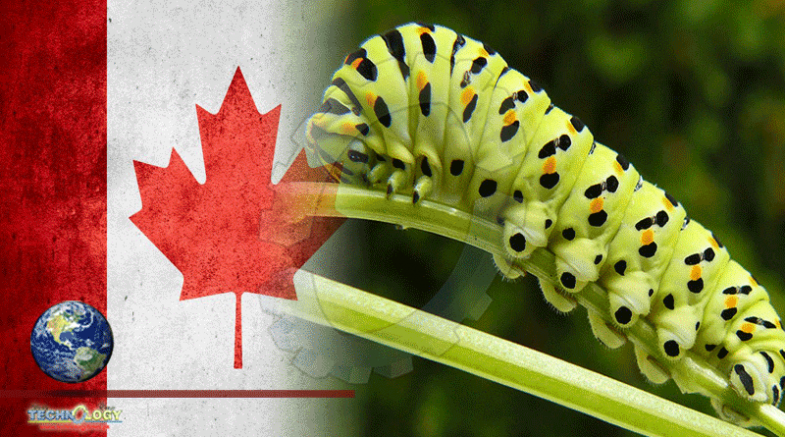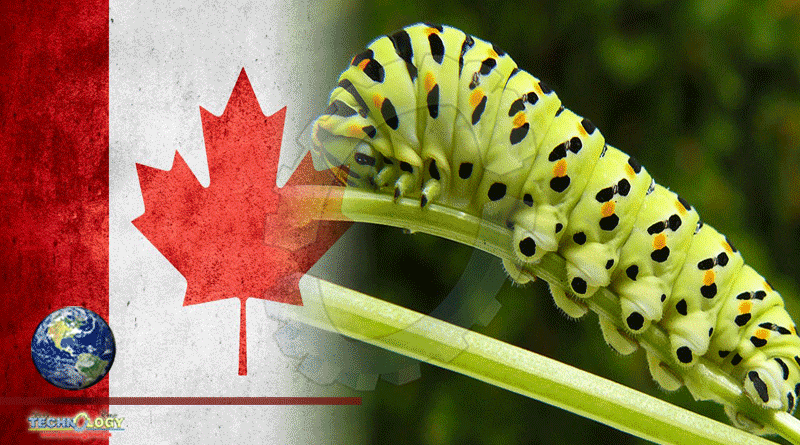Part Of That Work Is Being Done With The Help Of The Canadian National Collection Of Insects, Arachnids And Nematodes.

It’s called a taxonomic library and it’s been in the works since 1886. For well over a century, the Central Experimental Farm in Ottawa, Canada, has been growing and expanding their interesting collection to include arachnids insects, and nematodes from around the world. So much so, that it has officially become the largest collection of dead bugs in the world – although they’re so much more than that. This type of taxidermy can tell researchers plenty about the world around us and how one insect can affect, change, and alter the ecosystem simply by playing its role in it.
The goal is to identify and collect species of insects as they’re found in order to further the learning process when it comes to Canada’s agriculture. By doing so, more research can be done on how each insect affects the world around it and what can be done to improve both the environment as well as agriculture and farming. It has also proven effective when it comes to preventing an invasive species from taking over and disrupting the ecosystem, as constant cataloging of individual species is the key to noticing when one has crossed the threshold into uncharted territory.
How The Canadian National Collection Of Insects, Arachnids And Nematodes Is Already Helping The World
Many people learned how significant the decline in one species could be, no matter how small, when the bumblebee made it to the endangered species list. From this point on, serious conservation efforts were made in order to ensure that the species was protected and are still ongoing, and part of that work is being done with the help of the Canadian National Collection of Insects, Arachnids and Nematodes. It’s estimated that roughly 85% of the world’s agriculture relies on pollination, which is where insects such as bees and other pollinators come into play. By having a collection of these insects to study, scientists can determine how to keep their species from going on the decline as well as their role in the ecosystem.
As scientists study these insects, they can determine their habits as well as lifestyles – as silly as it might sound – in order to determine how to go about treating a potential decline or invasion. In terms of bees, scientists are able to reference the collection and observe qualities about the bee that might help save their numbers in the future or control the population. When it comes to a new species, having a pre-existing collection can help to identify and determine which family an insect is a part of or where it could have come from. Additionally, this can alert scientists to the early warning signs of a potential predator invasion if the species isn’t cataloged or has been in the area before.
The symbiosis between an insect and agriculture has been closely studied this way and can continue as long as there’s always a constant influx of new information. The collection is allowing scientists to study insects like never before, including in terms of how beneficial they could be to farming, meaning more sustainable food sourcing and successful harvests. What has been learned is that every insect, no matter how big or how small, has a role to play in the environment, and depending on that role, we, as humans, can either help or hinder it.
How The Process Is Done With Newly-Discovered Insects
It’s not often that people think of bug-catching outside of childhood pastimes but that’s exactly how this collection has grown so extensively. Researchers must go out into the field in order to catch these specimens, which are then dried out and inspected under a microscope. By doing this, scientists are able to determine an insect’s specific characteristics along with whether or not it already belongs to a species or has never been discovered before. They’re then compared to specimens that are known both within Canada’s collection and with those from around the world, as Canada isn’t the only country to have its own insect taxidermy.
This process is exactly how a new species of insect can be discovered and once it’s determined that this could be a possibility, more research is done in order to either confirm or disprove the theory based on fieldwork and in-house research. Recently, there has been a call to action by those who work closely with field researchers and with the taxonomic collection to ensure further methods of protection for the collection and move it out of the filing cabinets it’s currently stored in and into a safer location.
This news was originally published at The Travel
